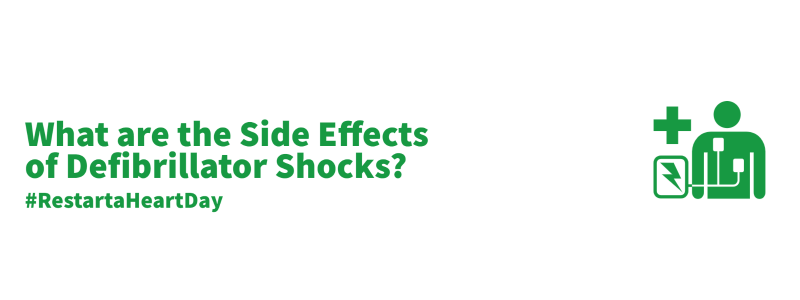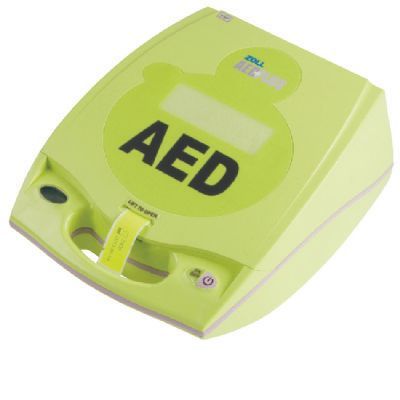Defibrillators are brilliant machines with the potential to save lives and minimise after-effects of having a cardiac arrest. The defibrillators we’re talking about – automated electronic defibrillators, or AEDs – will be the most familiar to you. These medical devices have grown in popularity and accessibility across the last decade. This is due to campaigns from footballers, health experts and more. There are plenty of questions about the side effects of defibrillator shocks, which we’ll be covering in this piece.
What does an AED Defibrillator do?
An AED defibrillator provides the heart with a shock that helps stop it from fibrillating (making quivering contractions) and ‘resets’ it back to normal function. While this can happen for any number of reasons, it is not solely a reflection of poor fitness or health. For example, look at the cases of sportsmen Fabrice Muamba and Christian Eriksen. They were both mega fit football players who suffered cardiac arrests during their matches. Luckily, they both survived. Here, medics were on hand to save their lives. But where medics can’t be, AED machines can work wonders.
Call Today for a Defibrillator Quote
Are Defibrillators Mandatory?
Defibrillators are not mandatory anywhere outside of hospitals. In workplaces, sports fields or high streets, there is no legal requirement for defibs to be present. There are, however, numerous campaigns ongoing that you should be aware of, including the Oliver King Foundation, that are raising awareness of the machines and trying to force the issue with local and national Government.
What are the Side Effects of Defibrillator Shocks?
Defibrillator shocks are only to be used when the patient is suspected of having a cardiac arrest. Then, only defibrillation will help the heart to return to normal, so in this case, they are very safe when used correctly. There are no common side effects of a defibrillator shock that you need to be aware of.
Where can I Find My Local Defibrillator?
We don’t expect everyone to know where their local defibrillator is, but thankfully there is a way to find out. Head over to the National Defibrillator Database, input your postcode and it will tell you where you can find your local defib. Fair warning, though – not every defibrillator is on this database. Just the ones that have been registered with the NDD. There will be others close to you, so it is best becoming familiar with your local area.
Finding out More Information on Defibrillators
There are several websites that you can find out further information about defib campaigns and more important information the keep you clued but on all you need to know. Charities such as the Oliver King Foundation offer expert online advice, while the Resuscitation Council UK have resources about both defibrillator use and further heart conditions.
Back


